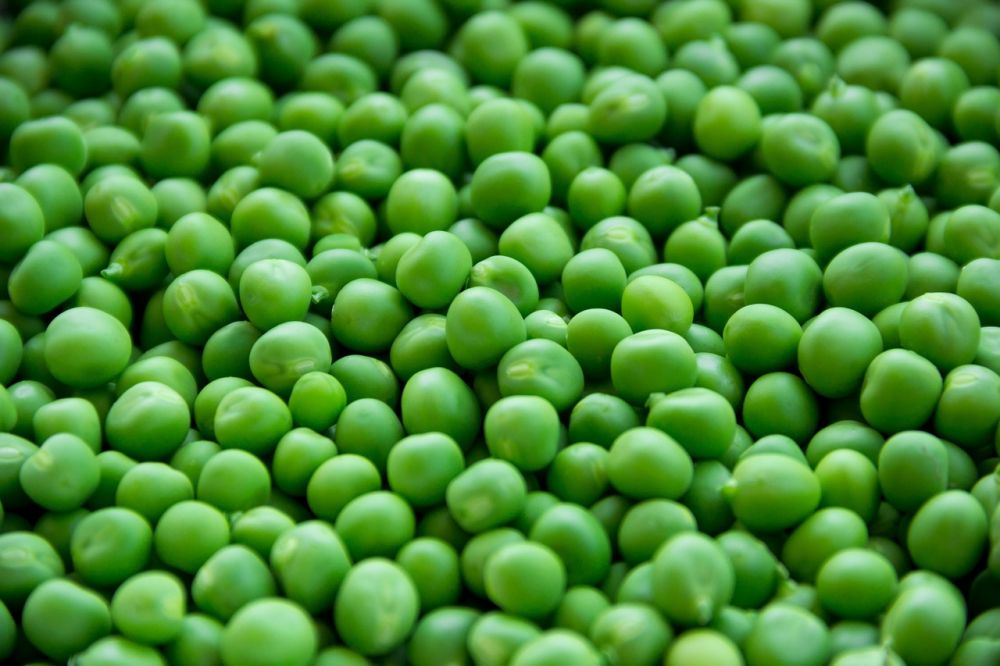Raw food diet: A Comprehensive Guide to a Healthier Lifestyle

Introduction:
The raw food diet, also known as the raw foodism or raw veganism, is a dietary practice that primarily consists of consuming unprocessed and uncooked foods. This diet promotes the consumption of whole fruits, vegetables, nuts, seeds, and sprouted grains, while excluding cooked and processed foods. Today, we will delve into the various aspects of the raw food diet, including its types, popularity, quantitative measurements, differences between variations, as well as its historical pros and cons.
I. Overview of the raw food diet

The raw food diet is grounded in the belief that cooking foods above a certain temperature destroys essential enzymes and nutrients. Advocates of this diet claim that consuming raw foods in their natural state enhances overall health, digestion, and vitality. While there are no strict guidelines for what percentage of one’s diet should be raw, most raw foodists aim to consume at least 75% raw foods. The remaining portion may include minimally processed or cooked foods.
II. Types of raw food diet
1. Raw Vegan Diet:
– This type of raw food diet excludes all animal products, including meat, dairy, eggs, and honey.
– Emphasizes the consumption of fresh fruits, vegetables, nuts, seeds, and sprouted grains.
– Popular among individuals seeking ethical and environmental benefits, as well as improved health.
2. Raw Vegetarian Diet:
– Similar to the raw vegan diet, but allows for the consumption of raw dairy products, such as unpasteurized milk and cheese.
– Attracts individuals who prefer to include some animal-derived foods in their diet.
3. Raw Omnivorous Diet:
– Allows for the consumption of raw animal products like steak tartare, sashimi, or raw eggs.
– Followed by a smaller percentage of individuals who believe in the benefits of both raw plant-based and animal-based foods.
III. Quantitative measurements of the raw food diet
1. Nutrient Density:
– Raw foods tend to be nutrient-dense, as they retain their natural vitamins, minerals, and enzymes.
– However, nutritional deficiencies may arise if a raw food diet is poorly planned and lacks variety.
2. Caloric Intake:
– Raw foods, particularly fruits and vegetables, are generally less calorie-dense than processed or cooked foods.
– Raw foodists often need to eat larger volumes of raw food to meet their daily energy requirements.
3. Food Safety:
– Some raw foods, such as sprouts, carry a higher risk of bacterial contamination.
– Proper handling and preparation techniques should be followed to reduce the risk of foodborne illnesses.
IV. Differences between variations of the raw food diet
1. Approach to Cooking:
– Raw food diets often use alternative cooking methods, such as dehydrating, fermenting, or low-temperature preparation.
– The goal is to create textures and flavors similar to cooked foods while preserving as many nutrients as possible.
2. Food Combinations:
– Certain variations of the raw food diet follow food combining principles, which suggest specific food combinations to optimize digestion.
– These principles emphasize avoiding mixing certain food groups, such as fruits and proteins, in the same meal.
[INSERT VIDEO HERE – A short, informative video showcasing a day in the life of a raw food enthusiast, highlighting meal preparation and benefits.]
V. Historical overview of pros and cons of different raw food diets
1. Pros of the raw food diet:
– Increased nutrient intake from fresh fruits and vegetables.
– Potential weight loss due to the low-calorie nature of many raw foods.
– Improved digestion and gut health due to high fiber content.
– Enhanced energy levels and vitality.
2. Cons of the raw food diet:
– Risk of nutritional deficiencies if not carefully planned.
– Potential difficulty in meeting recommended protein and calcium intake.
– Social challenges and limited food options when dining out or in social gatherings.
– Time-consuming meal preparation and planning.
Conclusion:
The raw food diet offers a unique perspective on nutrition and offers potential health benefits for those who adhere to its principles. However, it is important to approach this diet with a well-rounded understanding of its variations, advantages, and limitations. By incorporating a wide range of raw foods, individuals can optimize their nutrient intake and potentially experience improvements in their overall well-being. As with any dietary approach, it is essential to consult with a healthcare professional or nutritionist before making significant changes to one’s diet.











